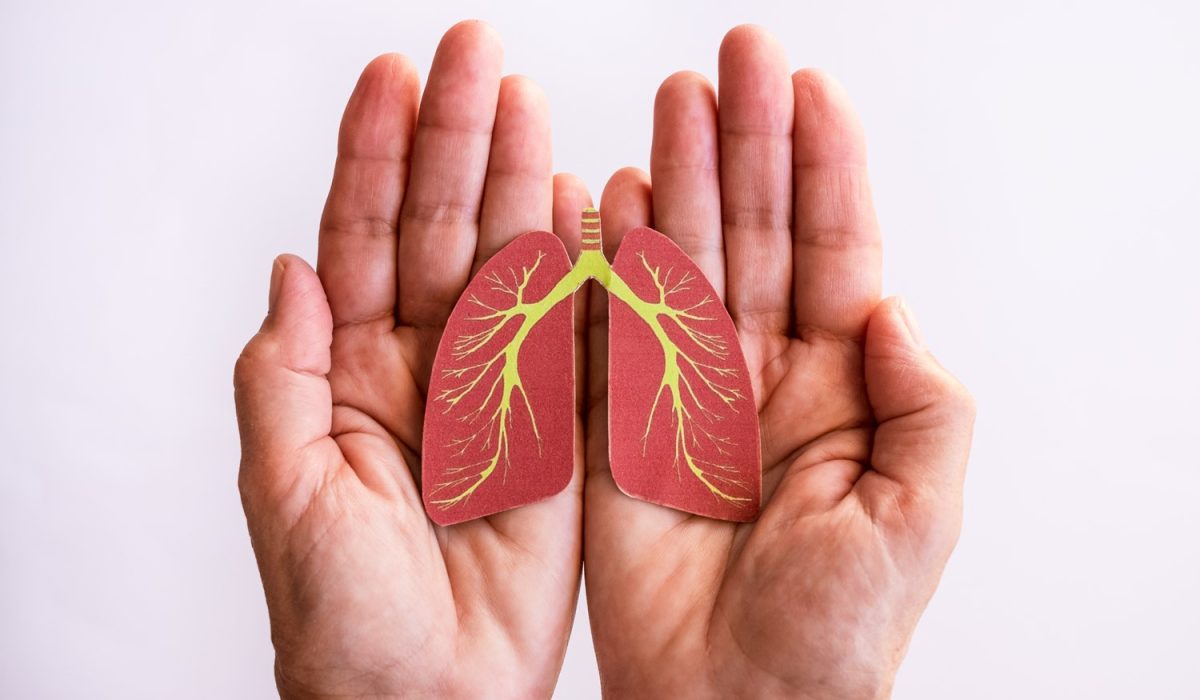It is a potentially life-threatening condition in which a blood clot blocks one or more arteries in the lungs.
The severity of a pulmonary embolism depends on the size of the clot and the extent of the blockage.
Symptoms of a Pulmonary Embolism
- Sudden shortness of breath
- Chest pain that may worsen with deep breathing or coughing
- Rapid or irregular heartbeat
- Cough, sometimes with bloody sputum
- Feeling lightheaded or fainting
Causes of Pulmonary Embolism
The causes of a pulmonary embolism can vary but most often stem from deep vein thrombosis (DVT), a condition where a blood clot forms in a vein deep in the body, often in the legs or pelvis. The clot can then break free and travel to the lungs, causing pulmonary embolism.
Risk Factors of Pulmonary Embolism
- Being immobile for extended periods, such as after surgery or during long flights or car rides
- Having a family history of blood clots or clotting disorders
- Being pregnant or recently giving birth
- Being overweight or obese
- Excessive smoking
Treatment of Pulmonary Embolism
Your doctor will prescribe a combination of tests, such as a CT scan or ventilation/perfusion (V/Q) scan, and blood tests, such as a D-dimer test.
Treatment includes:
- Anticoagulant medication (Blood thinners)
- Clot-dissolving medications
- Surgical removal of the clot
Preventive Tips For Reducing the Risk of Pulmonary Embolism
- Getting up and moving around regularly if you are immobile for extended periods
- Maintaining a healthy weight
- Staying physically active
- Quitting smoking if you smoke
- Treating underlying conditions that increase your risk of blood clots, such as high blood pressure or diabetes
Pulmonary embolism is a severe condition that requires prompt recognition and treatment. Understanding the risk factors, recognizing the symptoms, and seeking immediate medical attention can greatly improve outcomes. By promoting awareness, implementing preventive measures, and providing appropriate treatment, healthcare professionals can mitigate the risk and impact of pulmonary embolism, potentially saving lives and preserving the well-being of individuals at risk.

